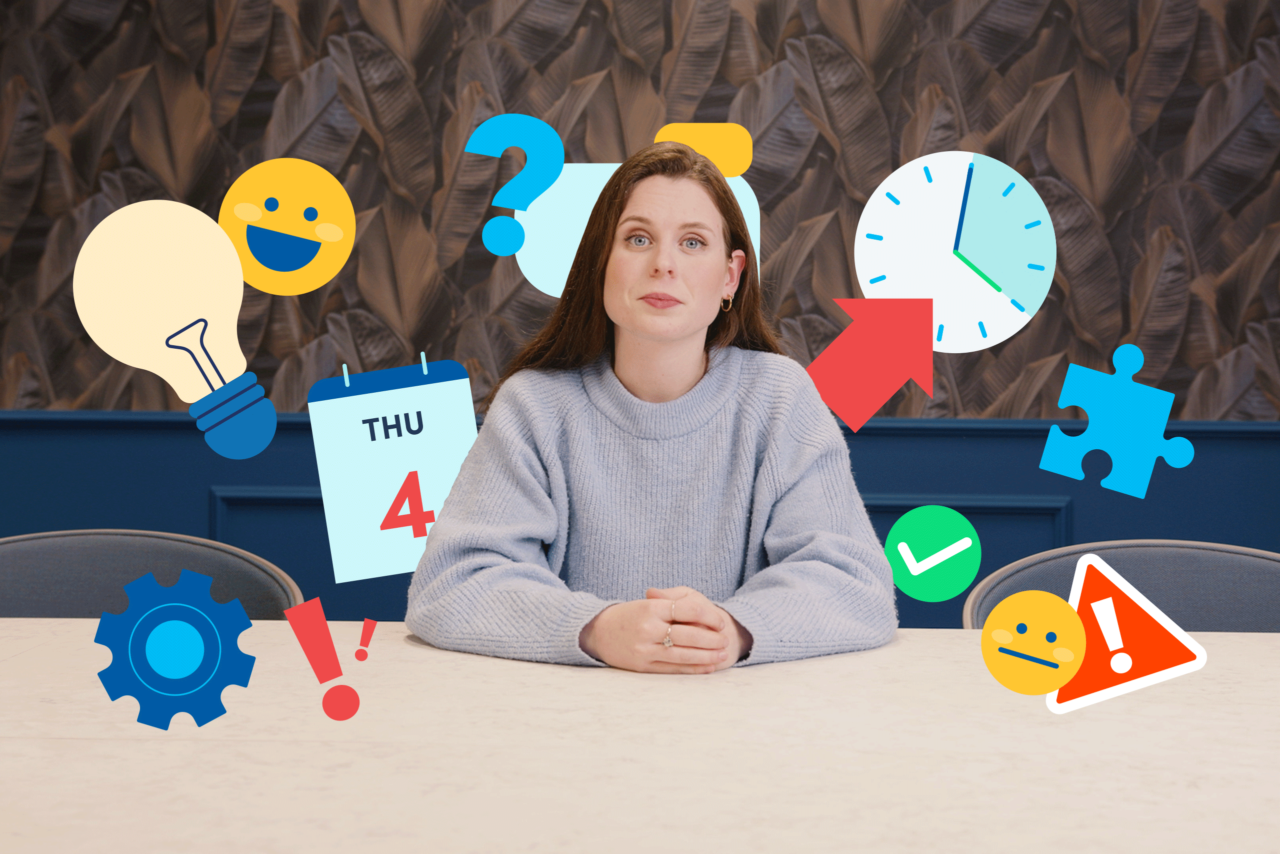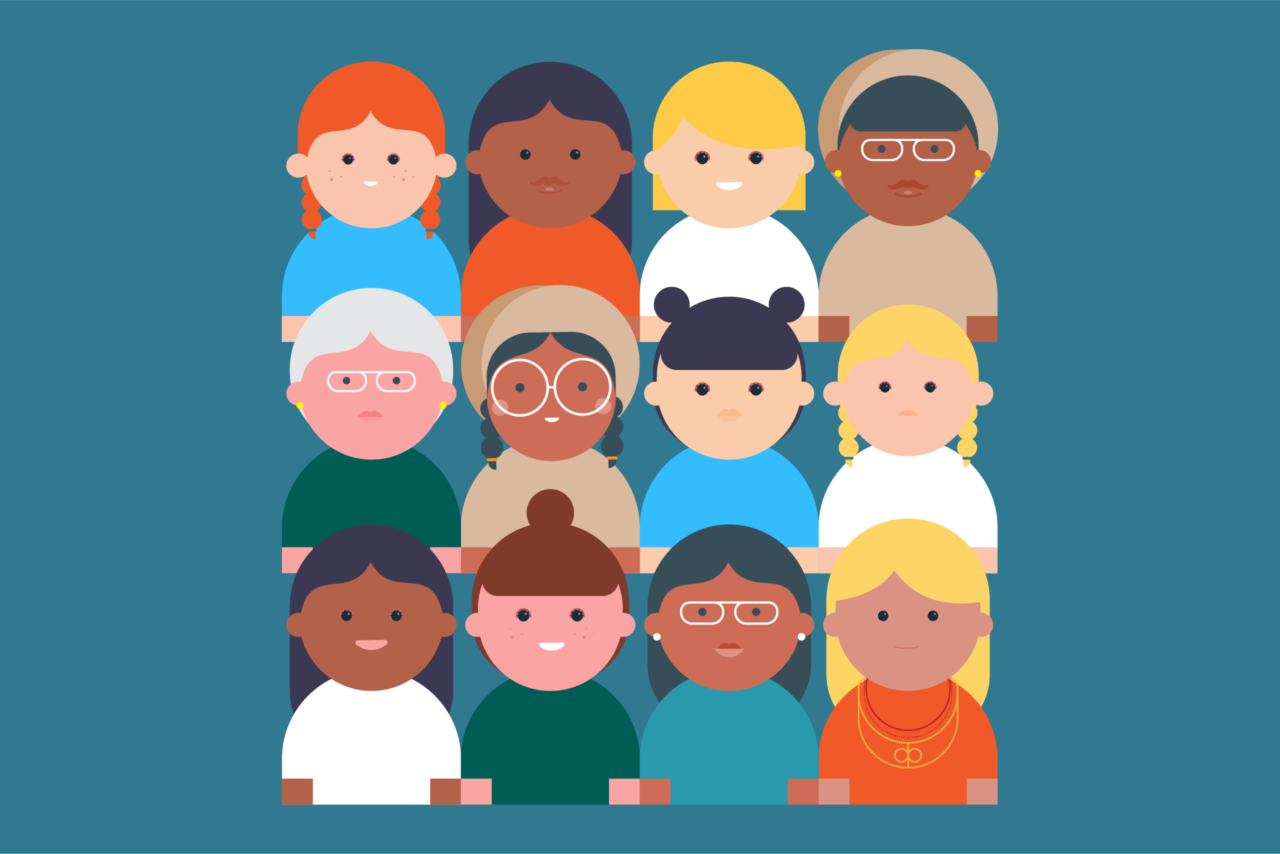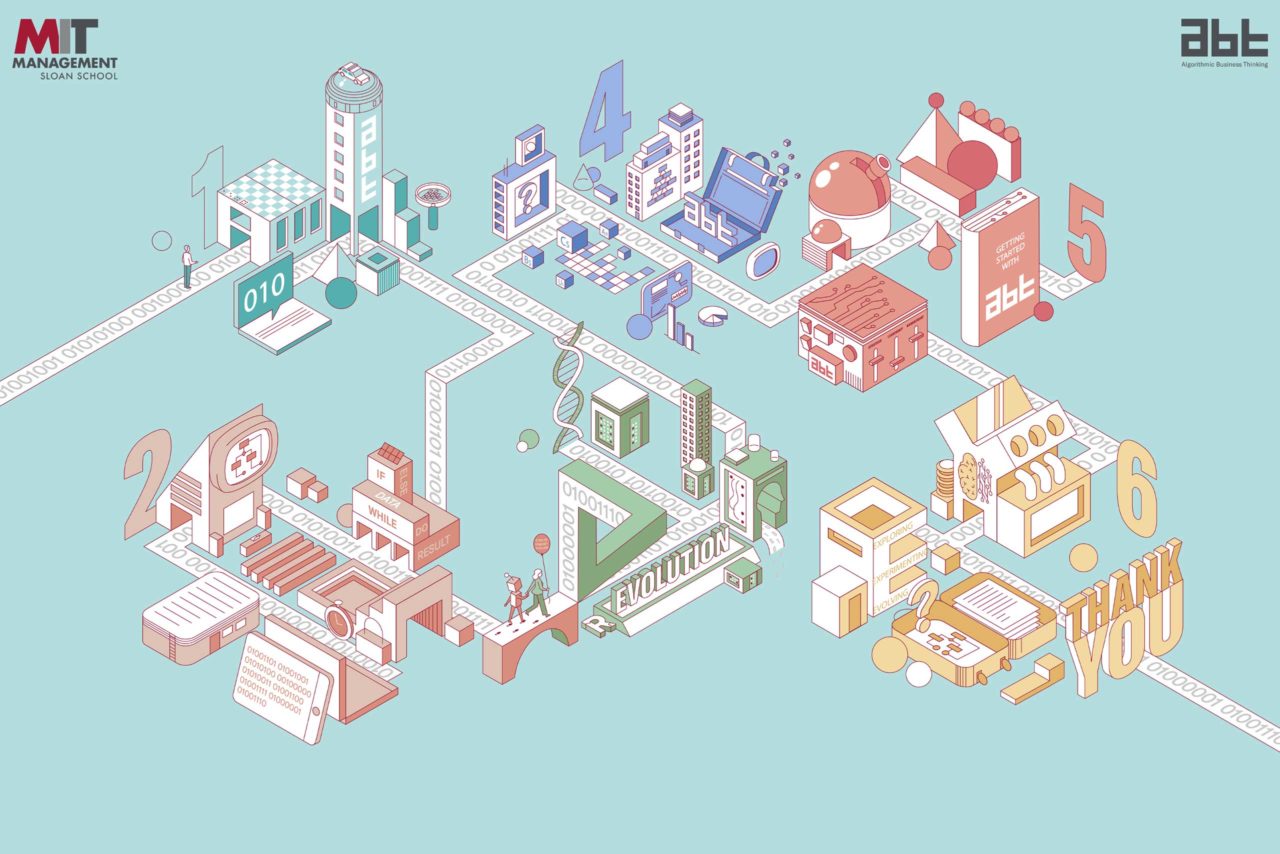
Blended learning
A best-of-both-worlds learning experience
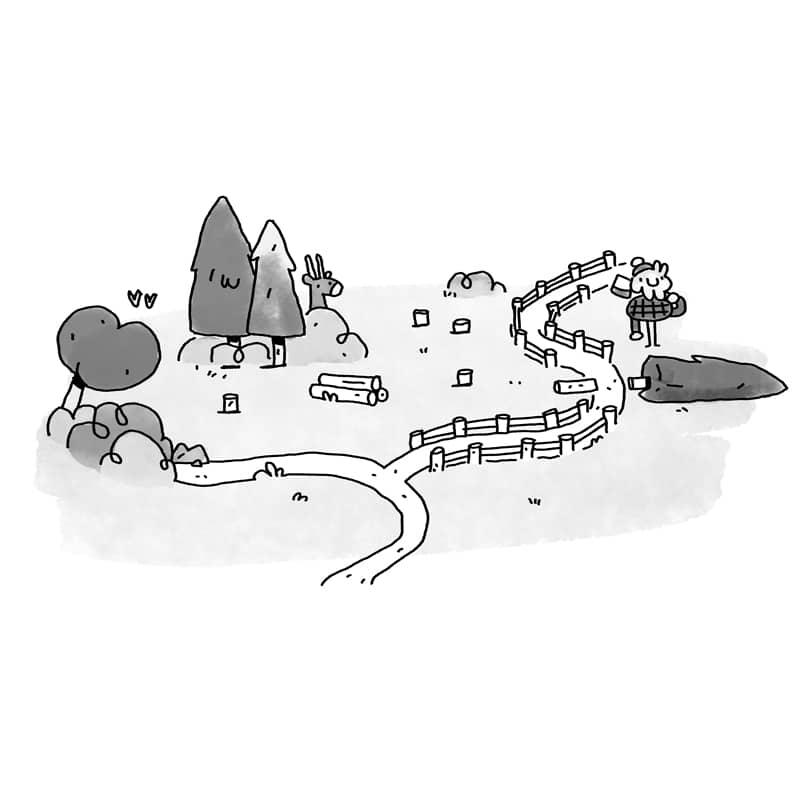
What is blended learning?
Blended learning refers to the combination of online and offline learning activities to create a truly holistic learning experience. It can include a wealth of different activities, such as in-person lectures, online discussions, multimedia presentations, interactive quizzes, and more.
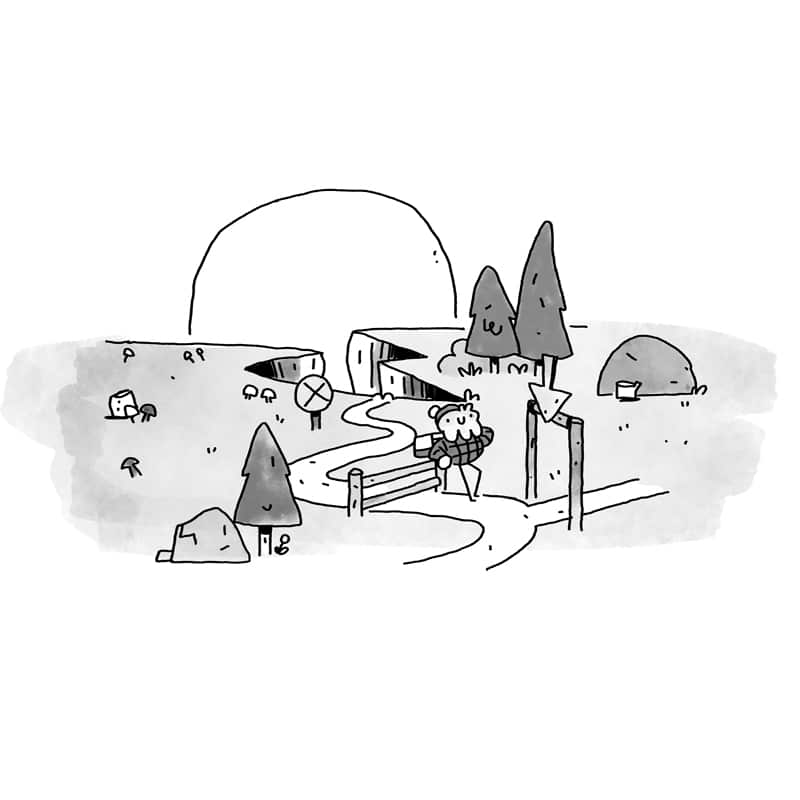
Why choose blended learning?
Blended learning offers the best of both worlds to learners and educators alike.
For learners, it provides the flexibility to learn at their own pace and on their own schedule, while also allowing for interaction with trainers and peers in a supportive and collaborative learning environment.
For educators, it provides the opportunity to create more dynamic and engaging learning experiences that can be customized to meet the needs of individual learners.
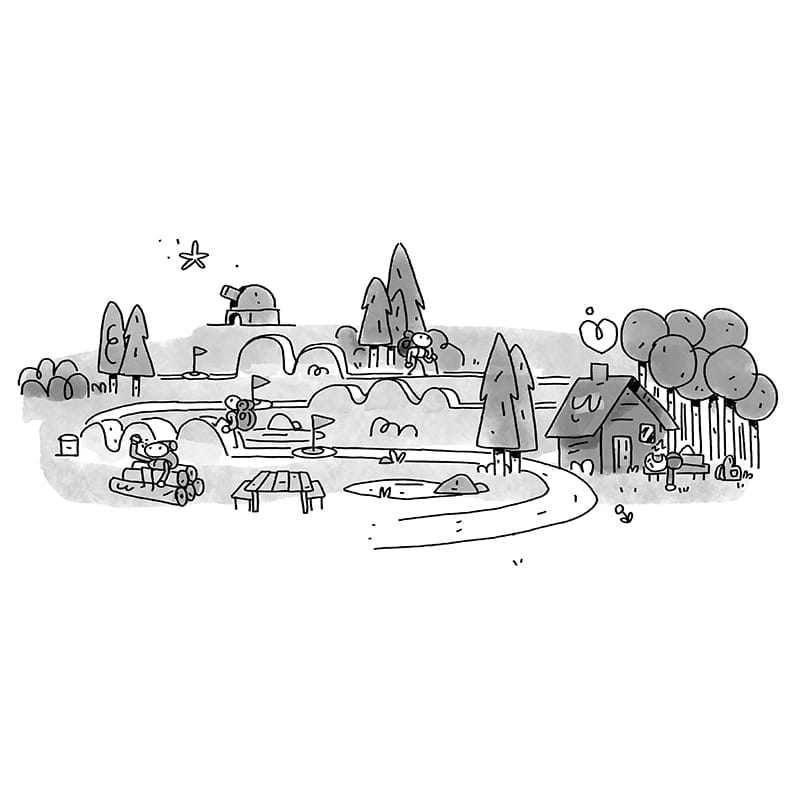
Tips for designing effective blended learning experiences
If you’re considering implementing a blended learning model, keep these important aspects in mind:
- Set clear learning objectives: Before you begin designing your learning experience, make sure that you have a clear understanding of what you want your learners to achieve. Set specific and measurable learning objectives that are aligned with your curriculum and ensure that all your learning activities are designed to support these objectives.
- Choose the right blend of activities: When designing your blended learning experience, consider the strengths and limitations of each activity and choose the blend that will achieve your learning objectives. For example, you might want to use online quizzes and assessments to provide immediate feedback on learner progress, but go for in-person lectures and discussions to promote deeper understanding and critical thinking.
- Use creative and engaging multimedia: One of the benefits is the possibility to use a wide range of multimedia resources to create engaging and memorable learning experiences. Experiment with different formats such as animations, videos, infographics, and interactive simulations to create dynamic and interactive learning experiences that capture learners’ attention and spark their curiosity.
- Foster a collaborative learning environment: Blended learning provides the opportunity to create a more collaborative and supportive learning environment that encourages learners to work together to solve problems and share their knowledge and ideas. Use online discussion forums, peer review activities, and group projects to foster a sense of community and support among your learners.
How can we help?
If blended learning strikes you as the ideal solution for your educational needs, you’re in good hands. From the early planning stages to the final roll-out and evaluation, we’ve got your back.
Our team will steer you through every phase, making sure your blended learning experience is not just memorable but also truly engaging. For further details and guidance, feel free to get in touch.
